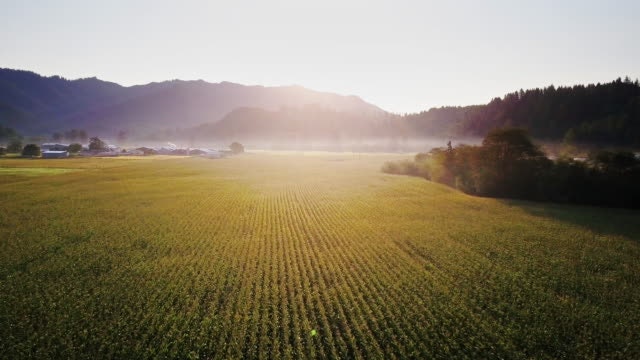About The Area
.jpg?ixlib=rb-1.1.0&w=2000&h=2000&fit=max&or=0&s=1689b8bb00e2f86c380b6e0de932b93f)
Tillamook County
Tillamook County is largely defined by its geography and topography. In the past its forests, rich grass and fisheries created a thriving resource-based economy. Its geographic isolation created a close-knit community whose hallmark was self-reliance.
Today geography continues to shape Tillamook County and its future. Its pristine shoreline and lush valleys attract hundreds of thousands of visitors annually. The County encompasses seven incorporated cities and three school districts. There are 378 miles of roads under County jurisdiction. Mild summers and wet winters characterize the climate. Annual rainfall averages more than 90 inches with average temperatures ranging from 42 degrees in January to 58 degrees in July.
History
Tillamook County was established on December 15, 1853 on lands that previously were part of Clatsop, Yamhill and Polk counties. It was the twelfth county in Oregon to be organized. The name “Tillamook” derives from the Killamook Indians who were native to the area and means “Land of Many Waters.” In 1866 the town of Lincoln was renamed Tillamook to stay consistent with the post office’s name of Tillamook. An election in 1873 chose the City of Tillamook as the county seat.

Resources
Tillamook County’s 1,125 square miles includes nine rivers, four bays and 75 miles of coastline. There are miles of sandy beaches, beautiful vistas and a variety of recreational opportunities, including fishing, crabbing, clamming, beachcombing, hiking and ocean charter trips. The county’s thousands of acres of forested hills offer opportunities for hunting, camping and off-road vehicle recreation. Tillamook County’s wetland areas are vast and are home to a large variety of animals, fish and birds.
More than 90 percent of Tillamook County’s land is managed by the State of Oregon Department of Forestry, the U.S. Bureau of Land Management, the U.S. Forest Service, Tillamook County and private timber companies.
Fishing was once a major industry in the County; but today the local economy is dominated by agriculture, timber harvesting and tourism.
Surrounding forest lands are a key element of Tillamook County’s economy. The 500,000-acre Tillamook forest was replanted after the disastrous fires of the 1930s and ’40s. Replanted trees are coming of age, helping to drive the local timber harvesting and processing economy and support local education through timber revenue.
People

As unique as its geography are the people of Tillamook County. Reflecting their agricultural roots, native Tillamookians are reserved and practical by nature and exhibit immense generosity and selflessness in times of crisis or need. The community cherishes its pioneer heritage; and descendants of pioneer families continue to be leaders in the community.
